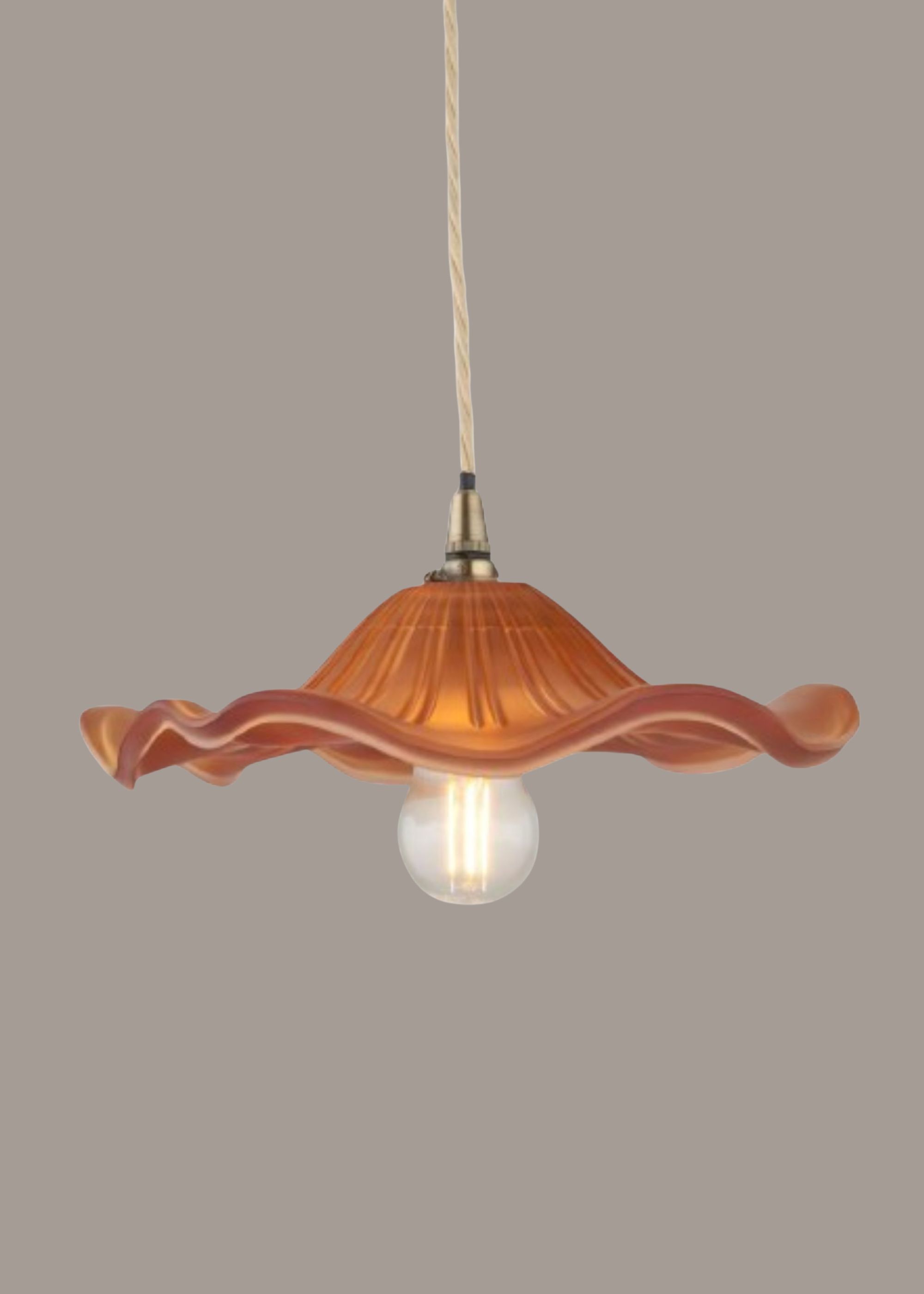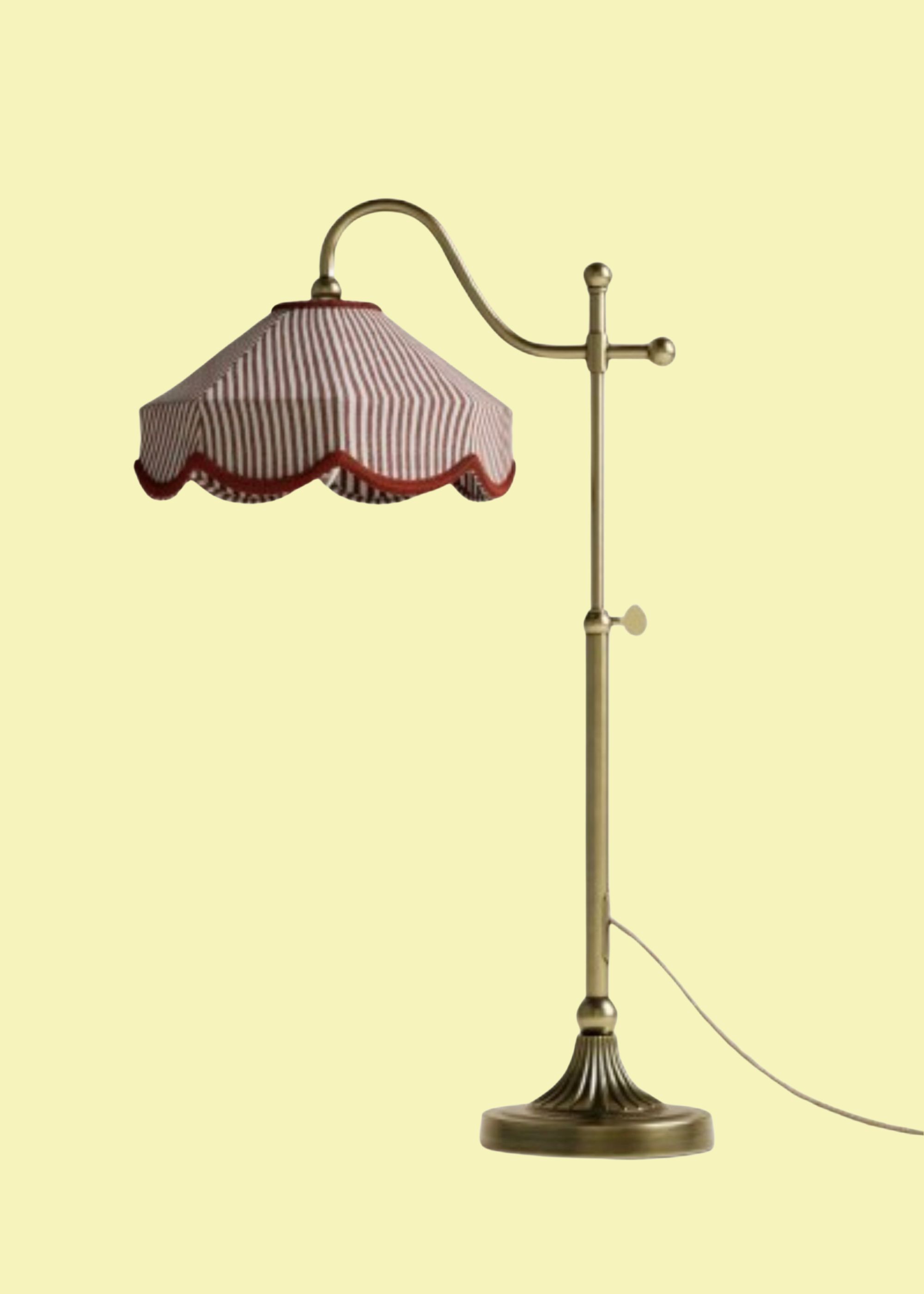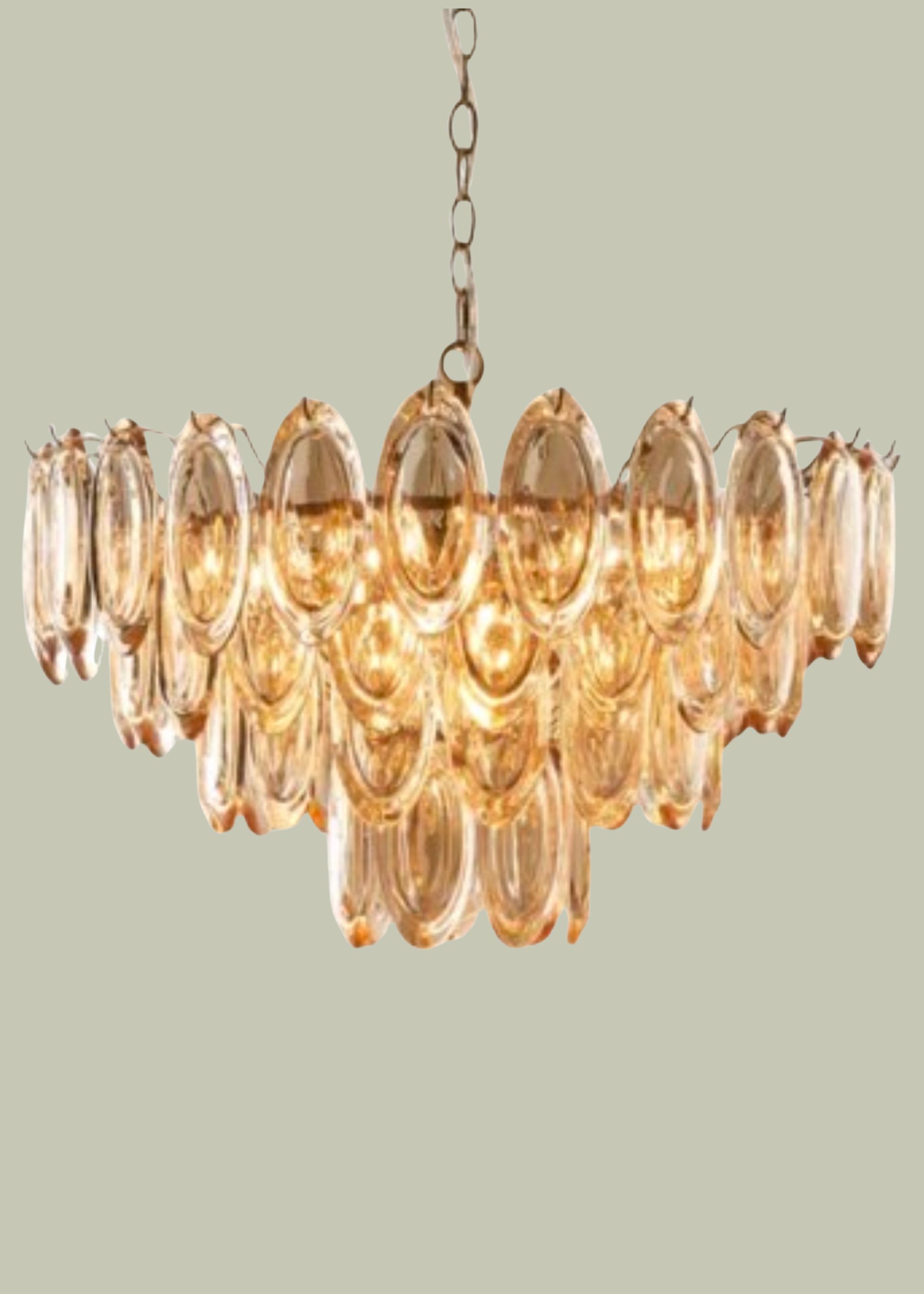Should You Buy Vintage Lighting? Experts Explain the Risks And Rewards of Adding These Antique Features to Your Home
Everyone loves vintage lighting, but is it really worth the cost, and does it make a smart long-term investment? Experts weigh in

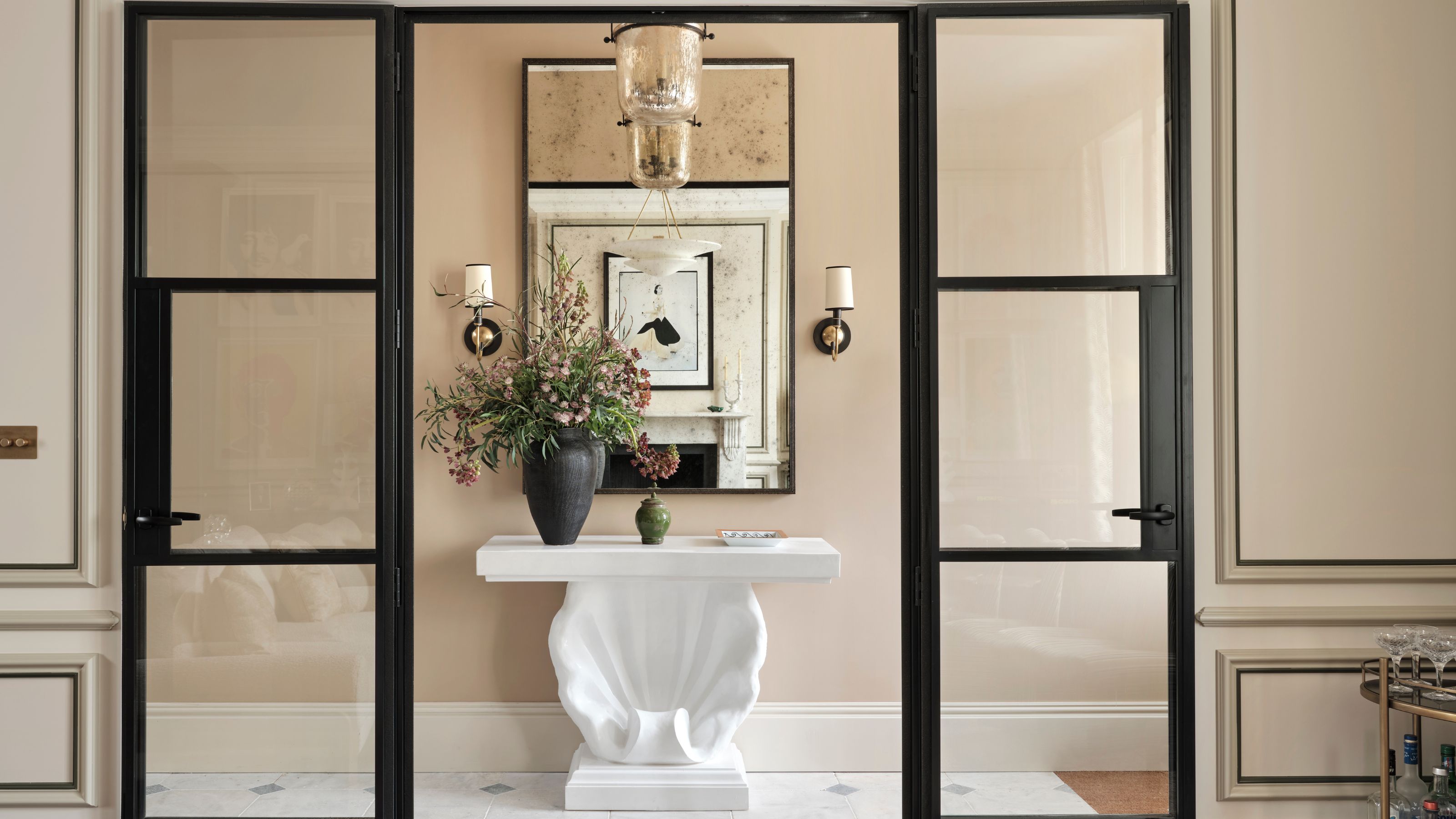
Vintage, old-style chandeliers, pendants, and lamps hold an undeniable charm, reminiscent of palaces, hotels, and royal estates. Much like furniture, vintage lighting develops a patina, character, and individuality over time, grounding a space and making it look timelessly beautiful.
But with homes modernizing at a rapid pace, even homeowners who love the look of old lights wonder if they’re still a good investment or if they're breaking a few lighting rules, as well as wondering if they work in all types of interiors.
To answer these questions, we asked interior designers to share their insights on the vintage lighting market and its place in contemporary homes, along with the risks, pros, and cons of investing in vintage lights when planning your home's lighting scheme.
Is it a Good Idea to Invest in Vintage Lighting?
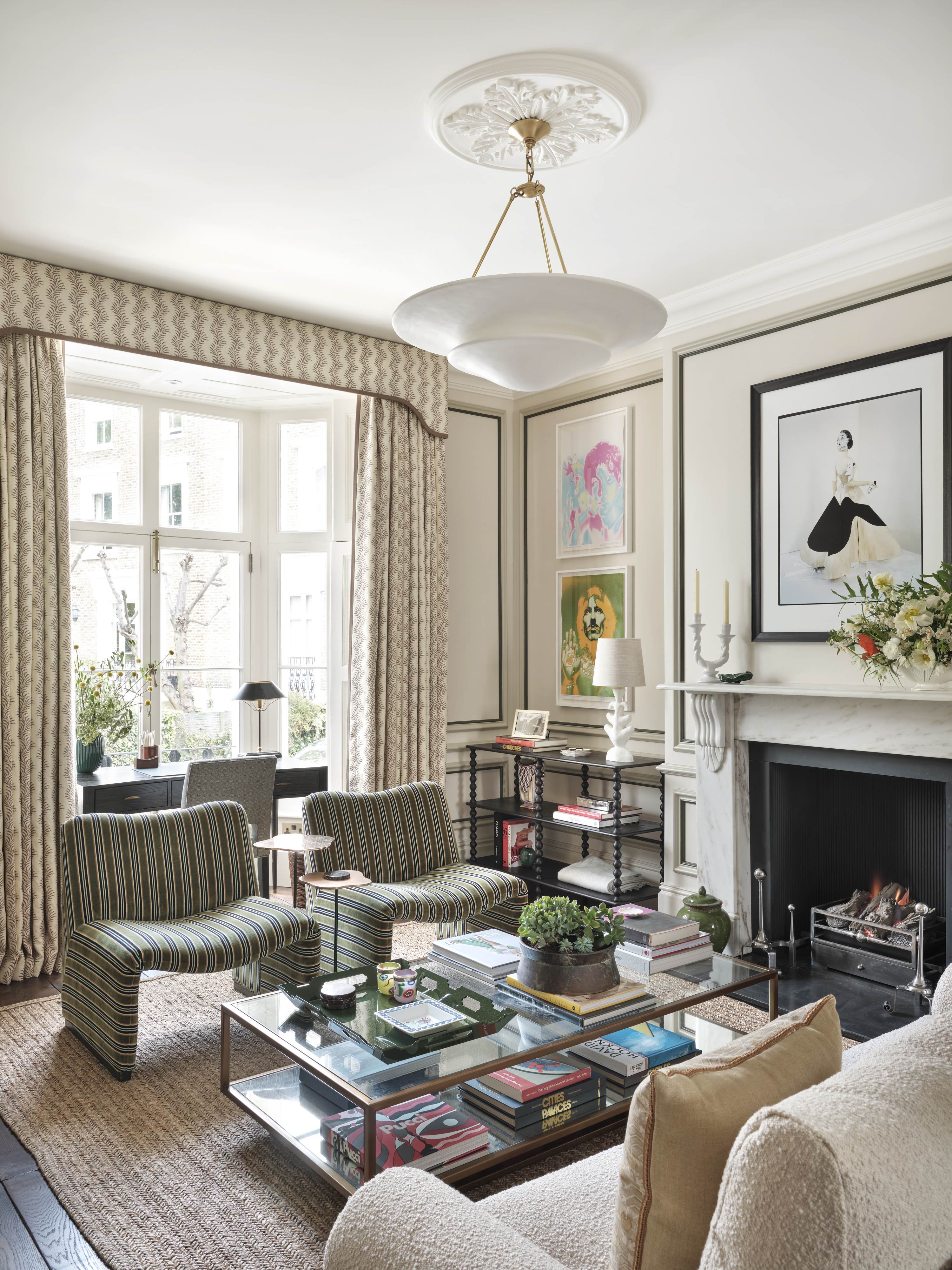
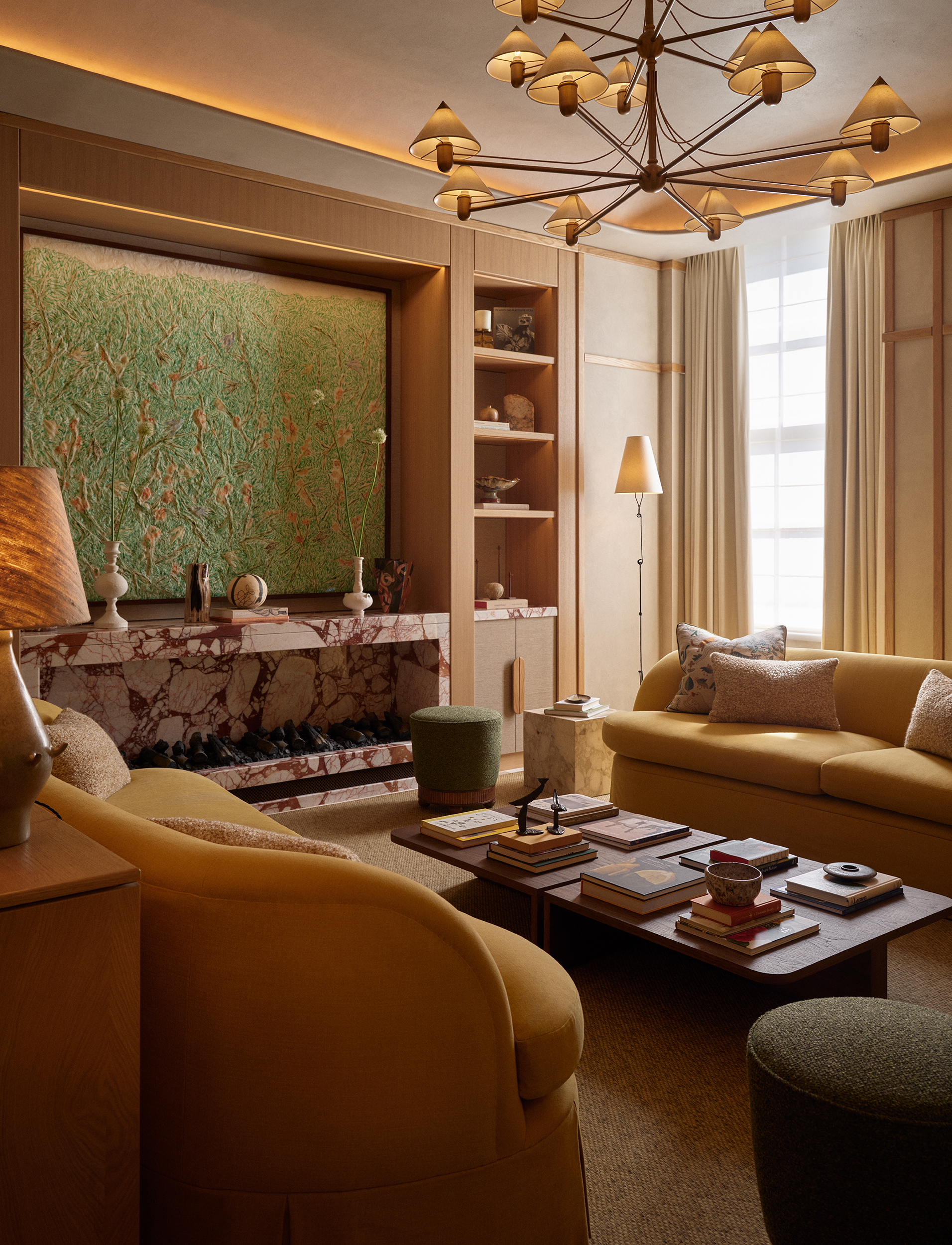
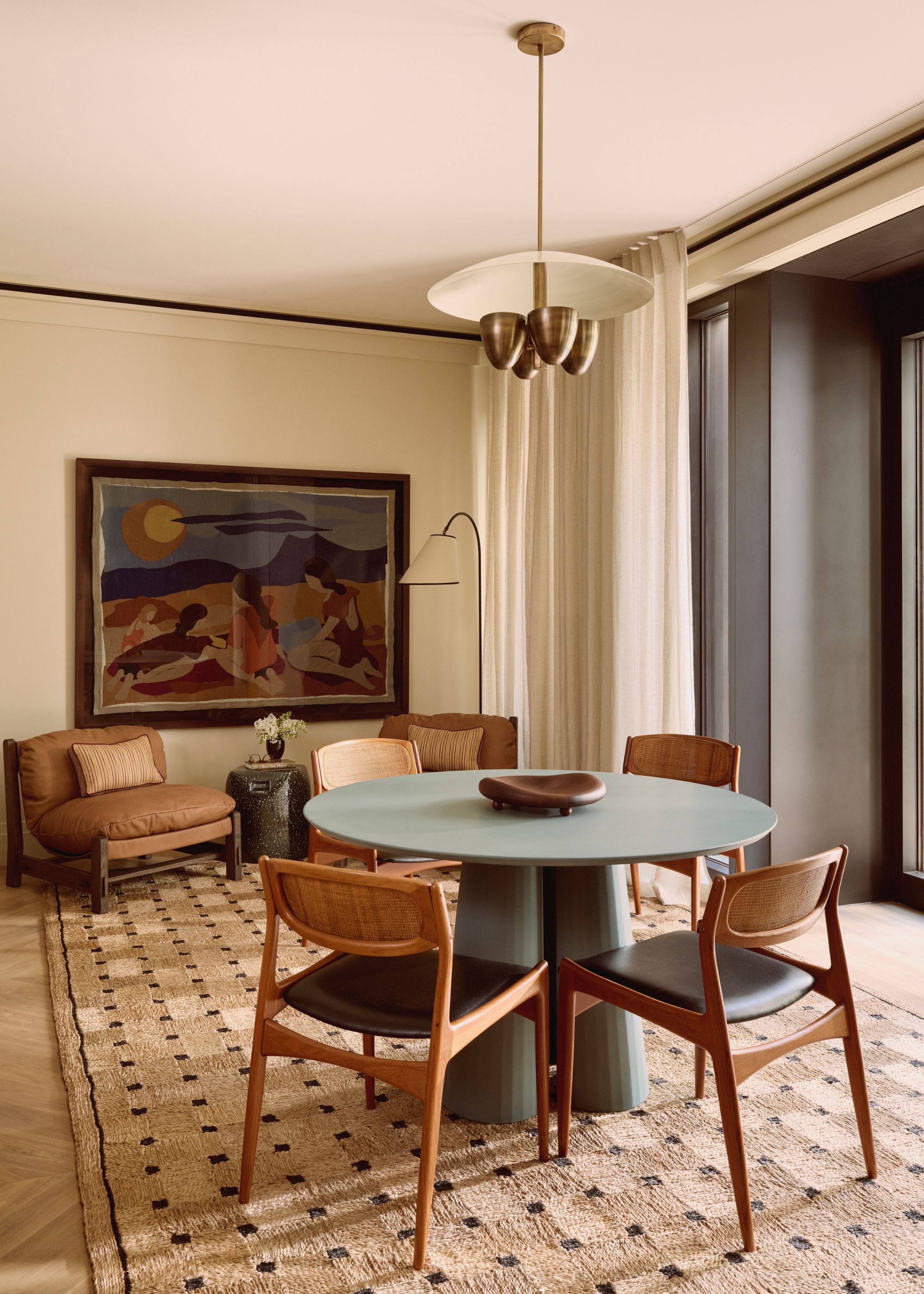
“Vintage lighting brings an unmistakable sense of charm and character to a space that modern fixtures often can’t replicate,” says Rebecca Hughes of Rebecca Hughes Interiors. “Each piece tells a story through its craftsmanship, patina, and design history, adding depth and personality. Whether it’s a gilded chandelier from the 1920s or a brass mid-century sconce, these elements create a layered, lived-in feel that makes a room seem as if it has evolved organically over time.”
Whether it’s a bedroom chandelier, an iconic table lamp, or even old-school sconces, these all transform a room for the better. “Vintage lighting brings authenticity and character you don’t always get from something new," says Louise East, founder of Studio Est. "It’s like giving your space a little soul.”
Beyond aesthetics, mixing vintage lighting into a modern interior adds a touch of history that no other design element can achieve. These pieces are also excellent for light layering, enhancing both the ambient and task lighting of a room.
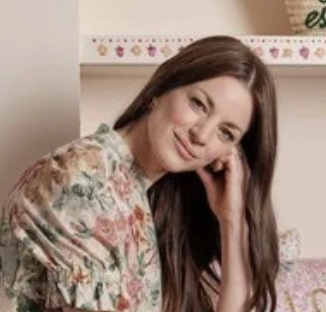
Rebecca Hughes Interiors is a London-based studio crafting timeless, globally inspired spaces. Blending architecture with imagination, they offer full interior design services across residential and commercial projects worldwide.

Louise East, founder of Studio Est, is a London-born designer known for her purpose-led interiors and bespoke furniture and lighting that fuse technical precision with emotional depth and individuality.
What Are the Cons of Owning Vintage Lights?
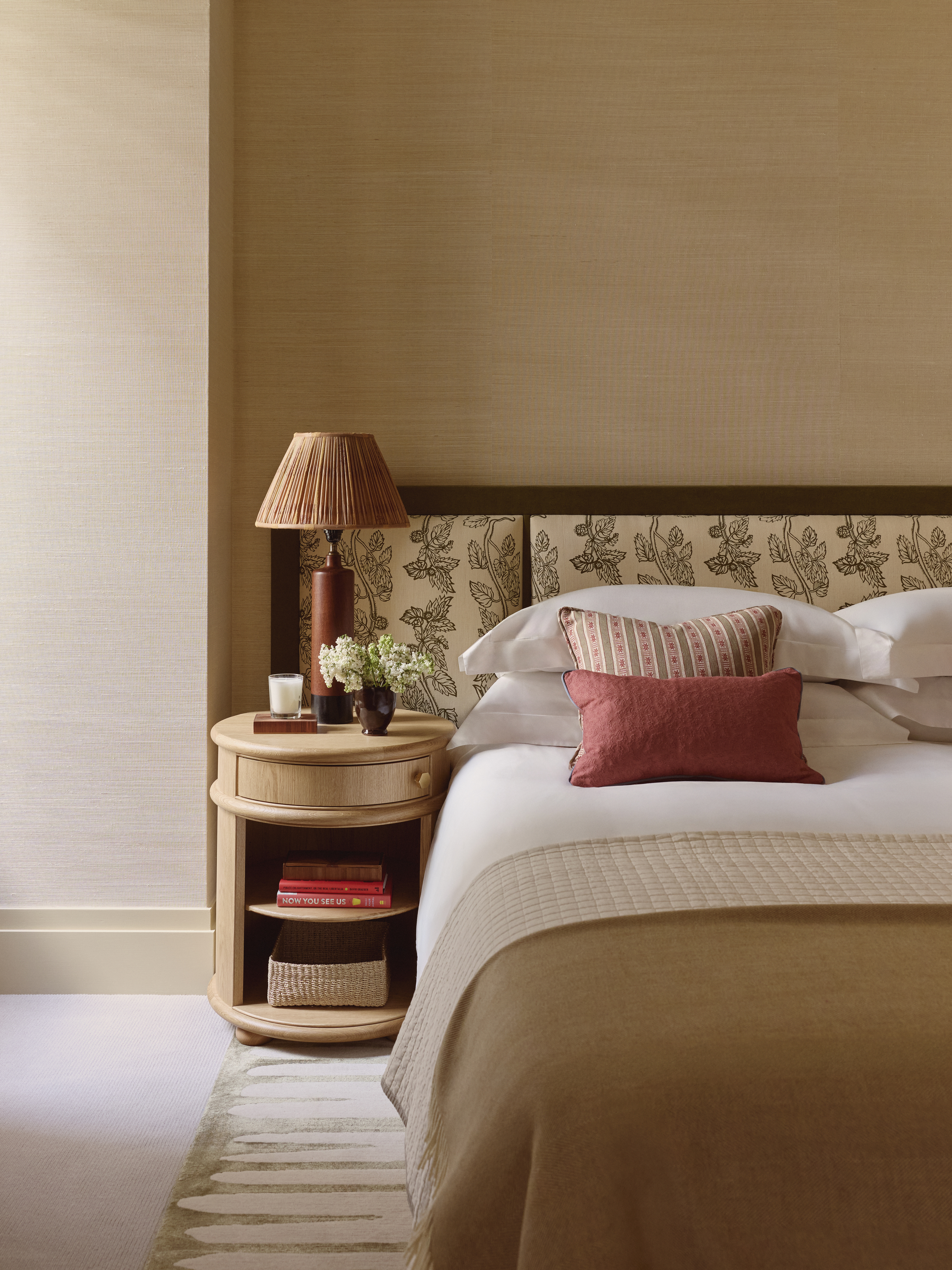
As gorgeous as they may look as part of your bedroom lighting or living room lighting schemes, some vintage lights can pose safety risks, require high maintenance, and lack energy efficiency. Over time, their cloth, rubber, or plastic insulation and wiring can degrade, becoming brittle and frayed.
The Livingetc newsletters are your inside source for what’s shaping interiors now - and what’s next. Discover trend forecasts, smart style ideas, and curated shopping inspiration that brings design to life. Subscribe today and stay ahead of the curve.
In addition, certain old floor lamps, particularly those designed in the 1990s, can produce excessive heat and become flammable with age. “The risk of purchasing vintage lighting is that you may need to have it entirely wired, re-wired, or IP44-rated if it’s going into a bathroom. However, this is easily resolved, as an electrician can usually handle it, though it will increase the total cost of the item,” says Octavia Herdso, interior designer at Charlton Brown.
Finally, vintage fixtures aren’t designed for smart homes and can’t be integrated with the latest lighting technology.

Octavia Herdson blends her illustration background with a keen eye for detail, designing bespoke, high-end residential and commercial spaces that balance creativity, craftsmanship, and character.
Does Vintage Lighting Hold or Increase Value Over Time?
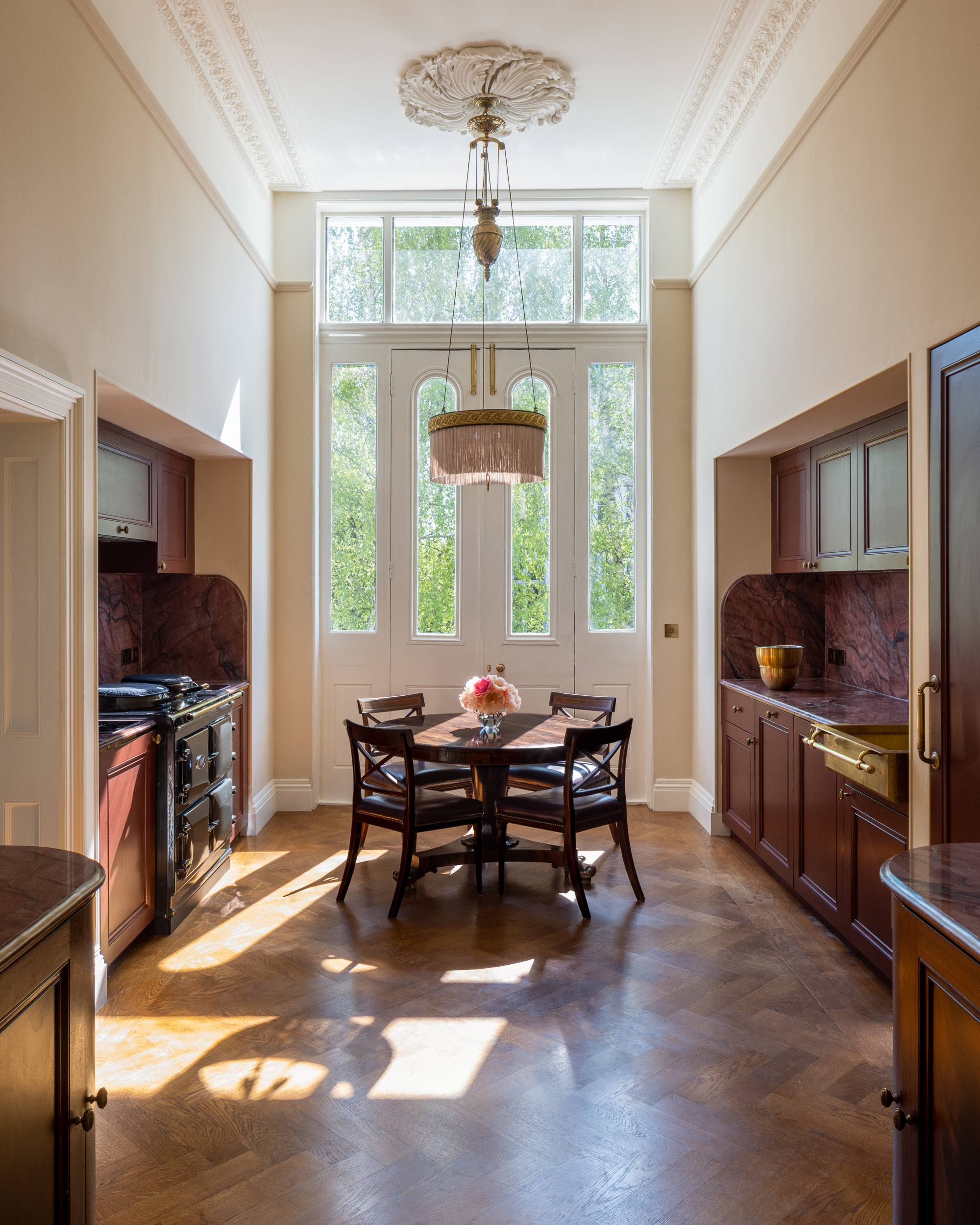
Their downsides aside, vintage lights can still be a worthwhile purchase and hold their value over time. Aesthetically, they lend themselves beautifully to modern retro decor, and mid-century modern lighting ideas remain highly desirable in homes today.
“Their scarcity and high quality make them rarer and more one-of-a-kind, meaning they can’t be replicated easily or affordably, which makes them valuable assets and collectible pieces,” says Octavia.
“A well-chosen vintage light can even feel sculptural, almost like a small artwork, while still serving its purpose of providing light,” adds Claire Sa, Director at De Rosee Sa. “You also get that slightly aged texture in the material itself, which adds another layer of depth and interest to the room.”
If you’re investing in a quality piece of classic vintage lighting, it’s much like buying a piece of furniture: it retains its worth. “A well-made light from the seventies or eighties already carries design heritage, which gives it an inherent value that will likely endure,” continues Claire.
“These pieces work as investment items because you can move them from one property to another, and they’ll still feel relevant. It’s like investing in a Hans Wegner chair or table. There’s so much already available in the vintage market, and by restoring and reusing those pieces rather than constantly buying new, you’re adding value differently. A mix of old and new always gives a space more depth and character.”
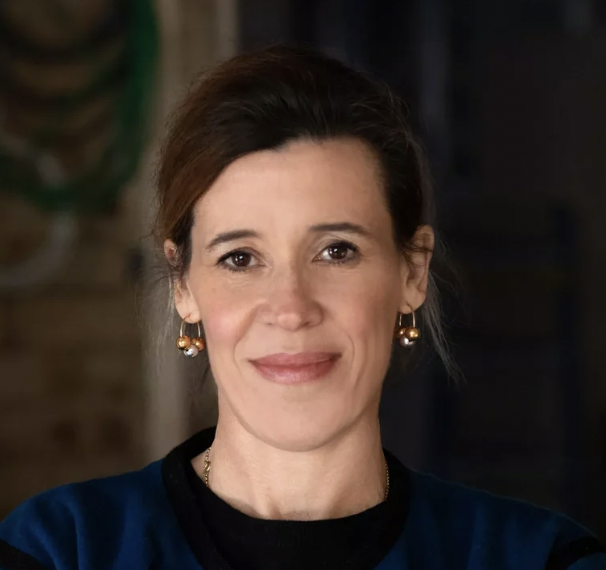
De Rosee Sa is a London-and Lisbon-based architecture and interior design studio specializing in luxury residential, hospitality, and development projects that balance craftsmanship, functionality, and timeless elegance.
How Do Vintage Lights Compare to New Energy Efficient Ones?
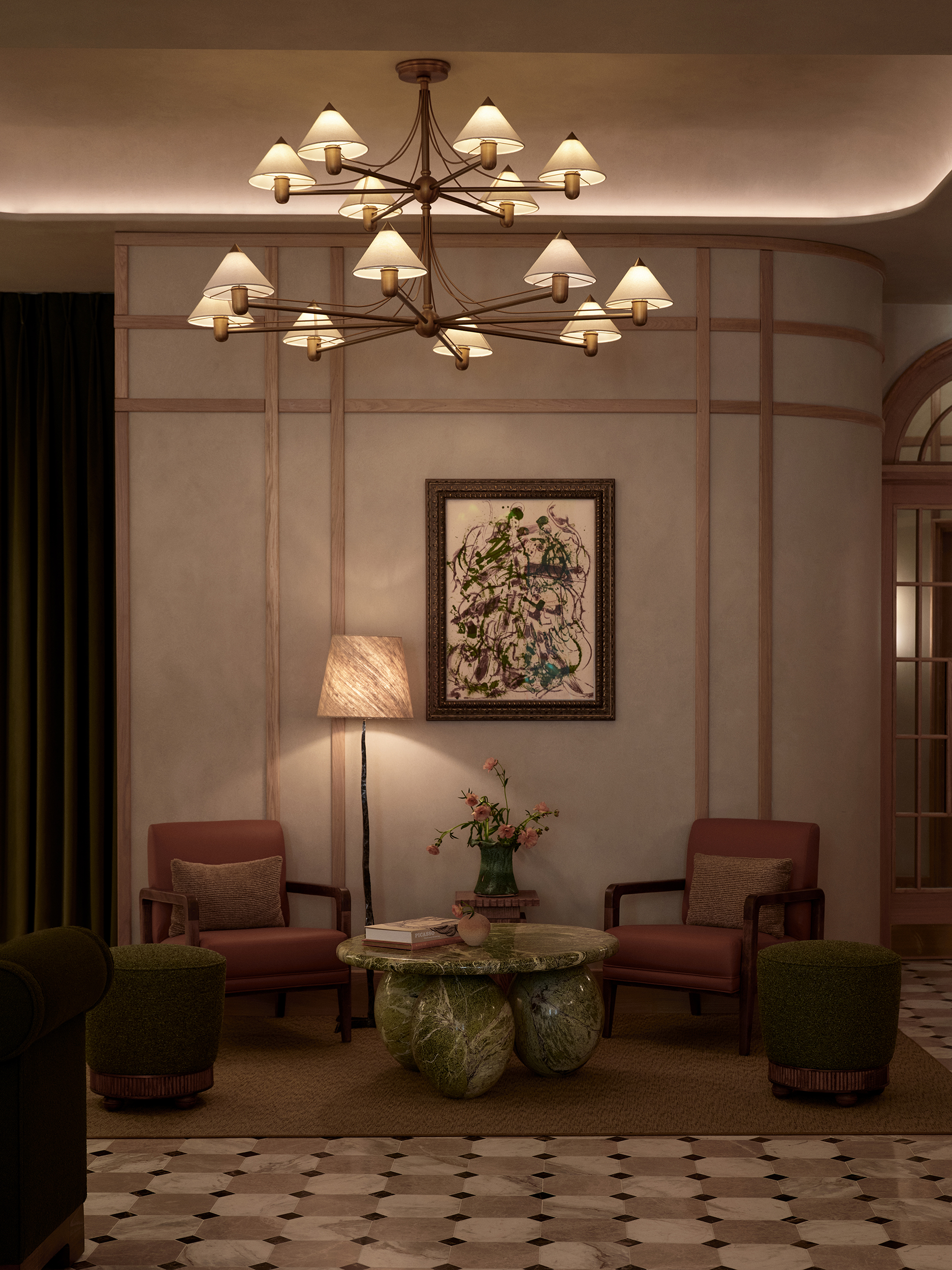
Now that more people are moving toward energy-efficient, sustainable homes, the demand for LED lighting has risen significantly. So, do vintage lights still fit into these modern spaces?
“Of course, vintage lighting isn’t always the most energy-efficient option, but that’s part of its charm,” says Louise. “When paired with contemporary design, it creates a beautiful tension where the old and new play off each other in a meaningful way.”
“It’s all about balance,” adds Claire. “Energy-efficient lighting is important, and there are now clear regulations around what can and can’t be installed, so we always have to design with an environmental conscience. At the same time, what we do is rarely purely sustainable, so it’s about making thoughtful choices where we can.”
Octavia agrees: “This can be balanced by using energy-efficient bulbs and integrating smart features such as dimmable mood lighting. A vintage light can act as a focal point or statement piece among other modern, energy-efficient fixtures.”
Vintage-Inspired Lighting
Owning vintage lighting is a good idea, after all, as the piece will add character, craftsmanship, and timeless charm to your home.
And to help you on your vintage lighting hunt, we have a handy guide on how to thrift like a pro, to make sure you know all the necessary ins and outs.
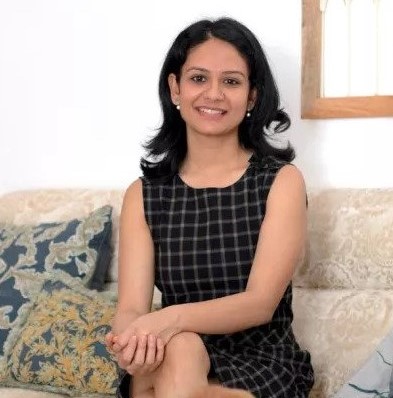
Aditi Sharma Maheshwari started her career at The Address (The Times of India), a tabloid on interiors and art. She wrote profiles of Indian artists, designers, and architects, and covered inspiring houses and commercial properties. After four years, she moved to ELLE DECOR as a senior features writer, where she contributed to the magazine and website, and also worked alongside the events team on India Design ID — the brand’s 10-day, annual design show. She wrote across topics: from designer interviews, and house tours, to new product launches, shopping pages, and reviews. After three years, she was hired as the senior editor at Houzz. The website content focused on practical advice on decorating the home and making design feel more approachable. She created fresh series on budget buys, design hacks, and DIYs, all backed with expert advice. Equipped with sizable knowledge of the industry and with a good network, she moved to Architectural Digest (Conde Nast) as the digital editor. The publication's focus was on high-end design, and her content highlighted A-listers, starchitects, and high-concept products, all customized for an audience that loves and invests in luxury. After a two-year stint, she moved to the UK and was hired at Livingetc as a design editor. She now freelances for a variety of interiors publications.
